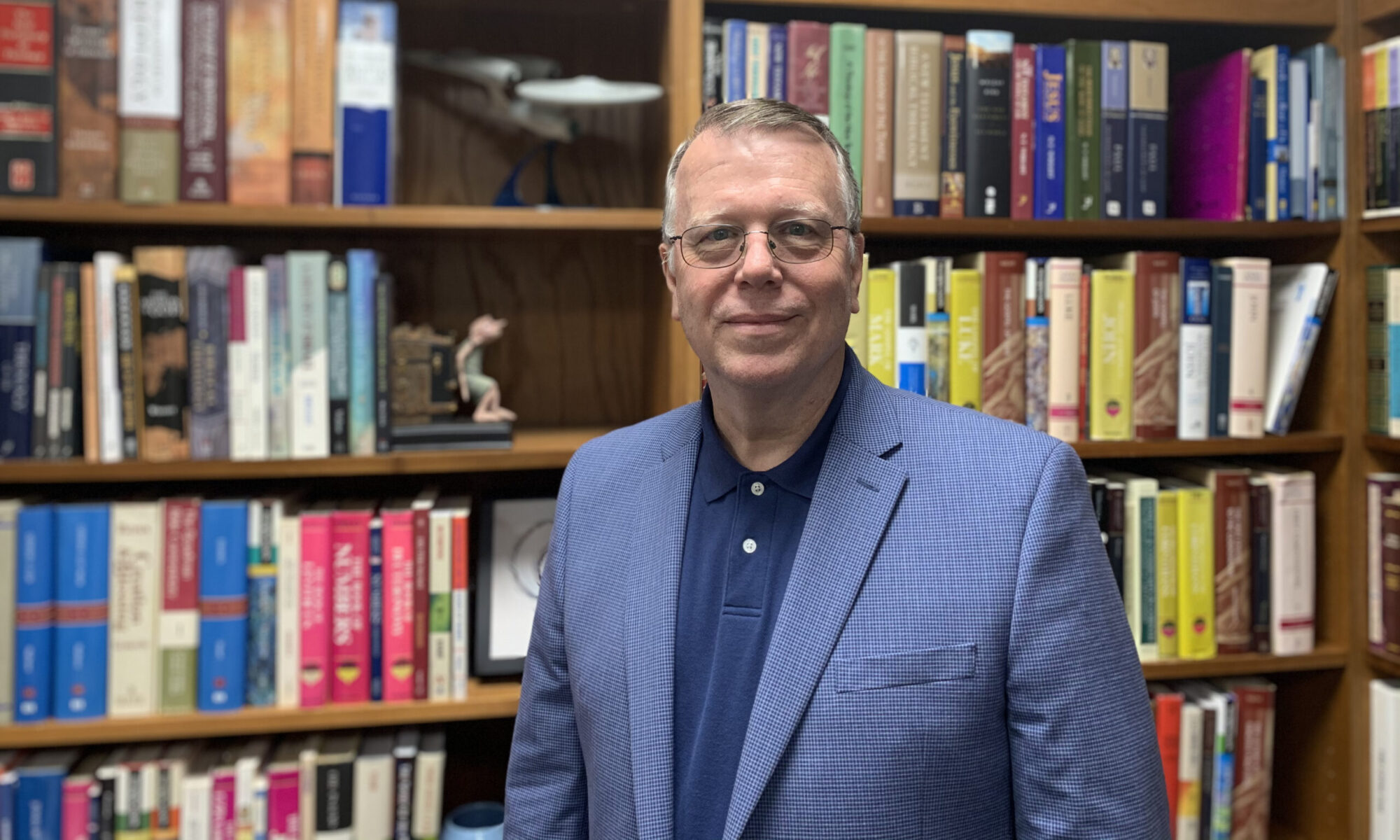In recent months I’ve had many conversations with pastors who are struggling to make certain visitors feel welcome in their church. One pastor asked, “I have a man, who cross-dresses as a woman, who has asked to be a greeter. What should I do?” Another pastor has a Valentine’s day event and wonders, “In the interest of outreach, should we allow gay couples to attend?” In some churches I’ve visited over the last several months I noticed openly gay couples in attendance, holding hands during worship. This has led me to suggest that we need to rethink the purpose of the Sunday morning worship service.
Before you accuse me of homophobia, I’ve always welcomed sinners and saints of all tribes in worship services, often inviting them to sit with me on the front row. Even so, the times requires discernment. The question is, “When should we allow people into the full fellowship of the Church?”
The concept of a worship service that is open to the public is a product of Christendom. When the culture widely embraces Christian values, then public worship becomes a civic duty. This has been true since Emperor Theodosius I made Christianity the state religion of the Roman Empire (AD 380). The magisterial reformers reinforced that notion. Only the Anabaptist sought to fully separate Christian worship from the state, forming a Christian subculture in protest to the dominant state religion. In the USA, we inherited a public faith, a Christian nationalism which encouraged public worship open to all. With the growing popularity of the seeker sensitive model, we have witnessed the de-christianization of worship – worship in dark auditoriums devoid of Christian symbolism – in an effort to make unbelievers more comfortable. However, as we spiral into the darkness of postmodernity we must ask, “How does the presence of people hostile to truth affect the worship of the church?”
Not everyone who comes to church is seeking truth. This was true in the days of the apostles and it remains true in our day. The apostles frequently warned of false teachers. The apostle John wrote:
Anyone who goes too far and does not abide in the teaching of Christ, does not have God; the one who abides in the teaching, he has both the Father and the Son. If anyone comes to you and does not bring this teaching, do not receive him into your house, and do not give him a greeting; for the one who gives him a greeting participates in his evil deeds (2 John 9-11)
The first time I attended a “closed” worship service was in Myanmar. I watched as church elders escorted someone off the premises. When I questioned their action, the pastor informed me that the person was actually an agent of the government sent to spy on them. It was necessary to exclude him from the service in order to protect the believers. The persecuted church throughout the world does not open worship to unbelievers. Maybe it’s time to consider similar actions in our churches.
Every pediatrician has two waiting rooms – a sick room and a well room. Sick children are not allowed in the well room, for the sake of the well children. Disease must be contained. But, you protest, the church must be a place of grace. I couldn’t agree more. But we should embrace a grace that welcomes sinners and a grace that preserves the faithful. Several years ago, after a morning worship service, I was approached by a man who introduced himself as a recently released child sex-offender. He said he wanted to regularly attend our church. I told him he was welcomed in our church, but that he would be assigned an usher that would follow his every move while on our campus. He never returned. My action was filled with grace, a grace that sought to protect the children on our campus.
The Anabaptist model is becoming more and more attractive. Maybe we need to develop a Christian subculture in protest of the dominant, unbelieving culture. This is exactly how the early church evangelized the Roman Empire. The Sunday service was reserved for the faithful, those who had been properly catechized and baptized. Unbelievers who were interested in the Faith were invited to attend catechism classes and instructed in the Faith. This was also the model that made the Methodists the most significant Christian movement of the 19th century. With the increase of biblical and theological illiteracy among the Christian faithful, it’s time we revision our efforts. Let’s revision Christian worship for the sake of preserving the Faith. We might discover this to be the most effective form of evangelism.
